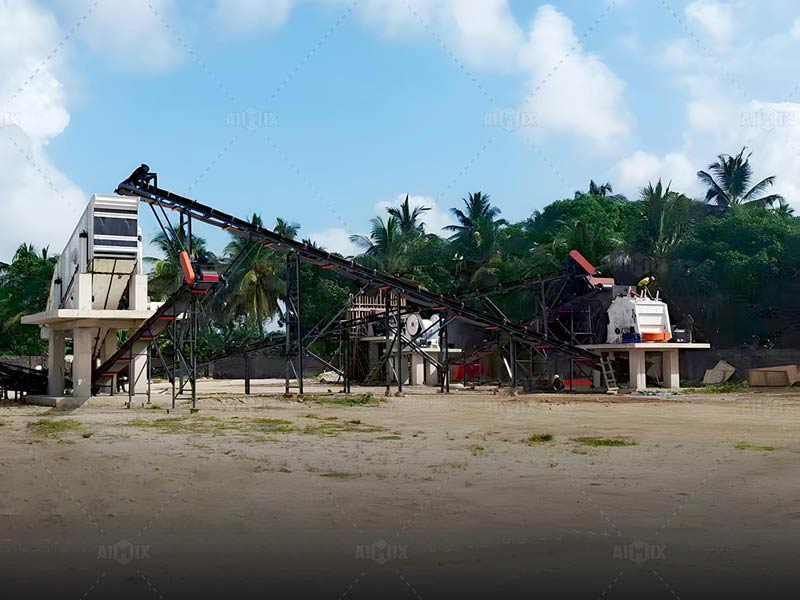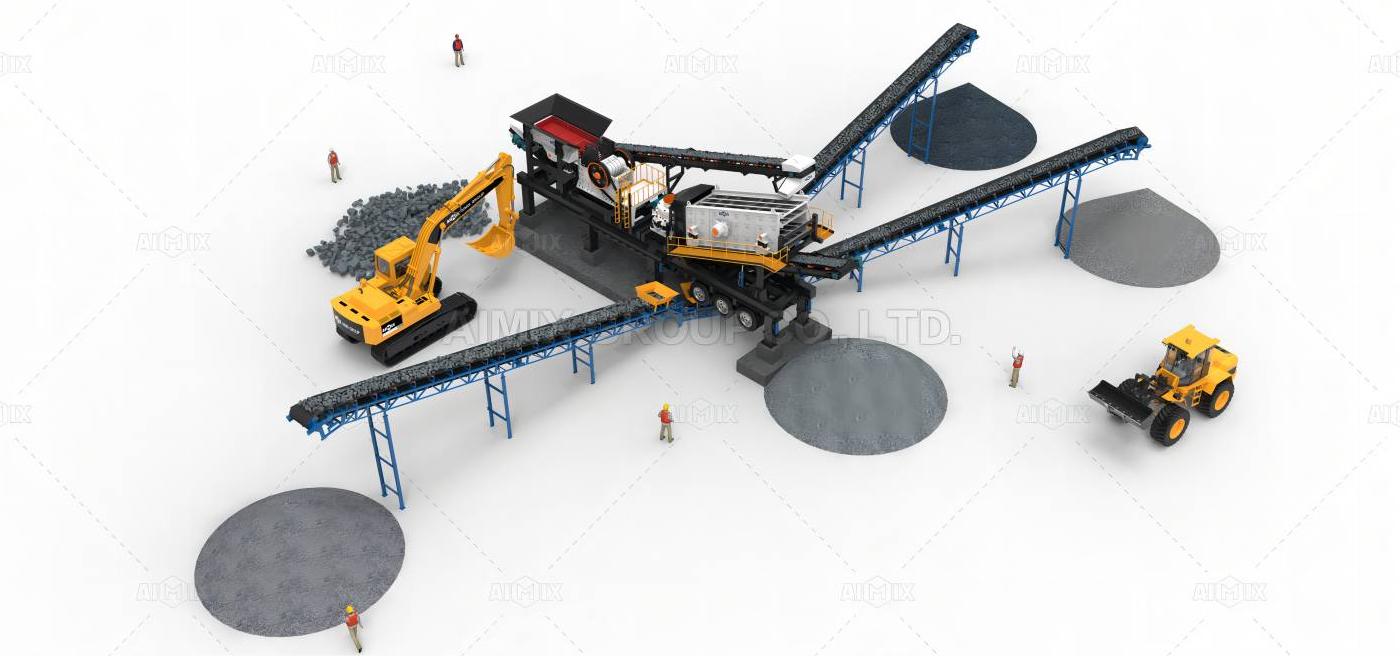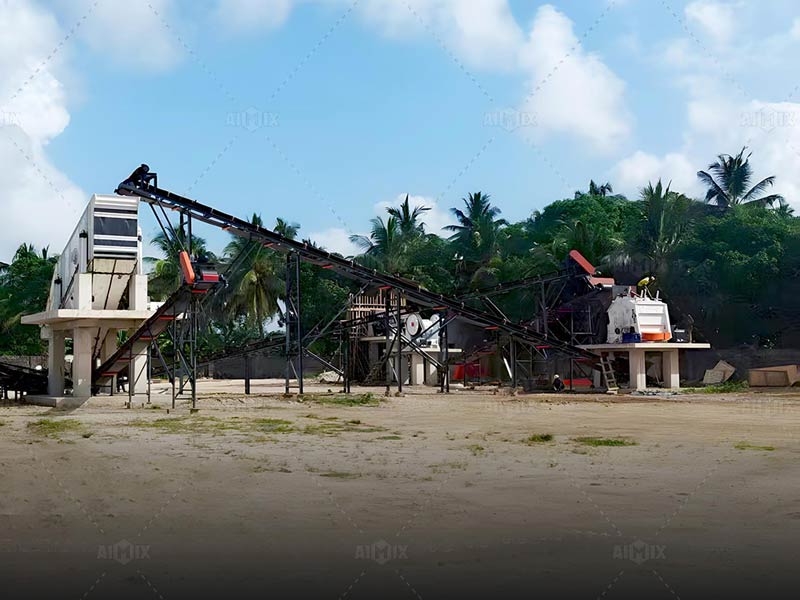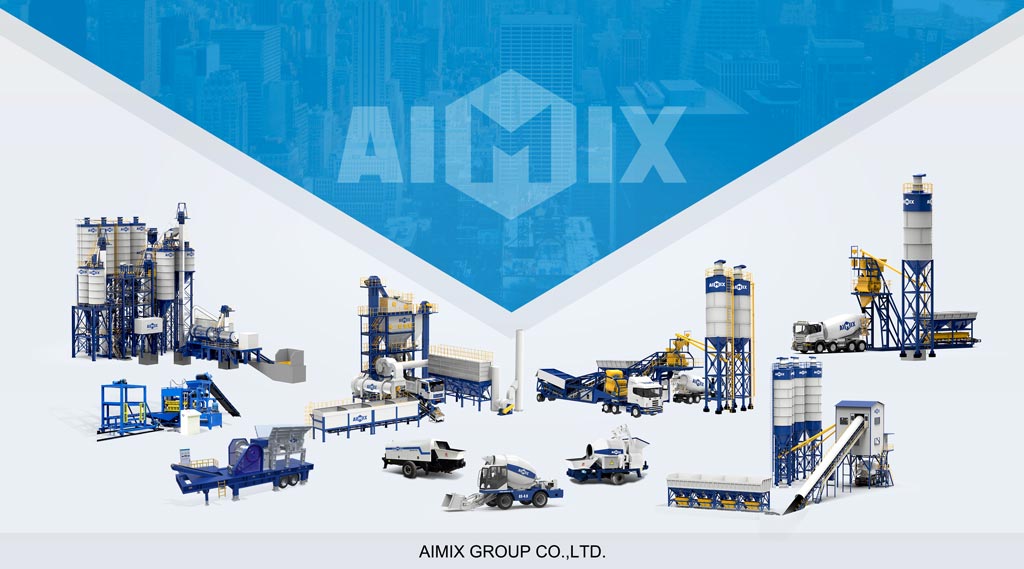Limestone, a sedimentary rock rich in calcite, forms the foundational layer for many construction materials. In aggregate production, the transformation from raw limestone boulders to graded aggregate is not a simple one-step process. It demands a mechanical choreography of crushing stages, orchestrated primarily by jaw crushers and impact crushers. Together, these quarry crusher machines provide a calibrated approach to size reduction and shaping that meets stringent industry specifications for road base, concrete, and asphalt production.
Initial Fragmentation in the Quarry
The role of the jaw crusher in primary crushing
The quarry face is where the journey begins. Excavators dislodge limestone blocks, which are then loaded into the feed hopper of the jaw crusher. This primary crushing unit utilizes a fixed jaw and a moving jaw to compress and fracture large rocks down to manageable sizes, typically between 100 mm to 300 mm.
The jaw crusher’s mechanical advantage lies in its ability to handle large feed sizes and deliver a uniform output with minimal fines. Operating at a low reduction ratio, it prioritizes capacity and durability over precise particle shaping. This rugged crushing mechanism is essential in removing oversized material before it clogs downstream processing equipment.

Characteristics of limestone relevant to crushing
Limestone’s compressive strength, typically in the range of 30 to 250 MPa, makes it a relatively soft and friable rock compared to igneous stones. Its natural cleavage planes facilitate breakage along stratified lines, reducing energy consumption in the primary crushing stage. However, its abrasion index must be accounted for when selecting wear-resistant jaw plates, especially in high-throughput quarries.
Secondary Refinement through Impact Crushing
How impact crushers shape and size limestone aggregate
Following primary reduction, the intermediate-sized limestone enters the impact crusher, which performs a dual function: fragmentation and shaping. These machines accelerate particles toward stationary anvils or rotating hammers, inducing impact forces that fracture the material along its weakest planes. The high-velocity collision creates angular, cubical particles, ideal for high-performance concrete and bituminous mixtures.
Unlike compression crushers, impact crushers produce a finer and more consistent gradation. This makes them indispensable in refining limestone for graded aggregate standards, such as ASTM C33 or EN 12620.
Advantages of impact crushing in limestone processing
Impact crushers deliver more than just particle reduction—they optimize particle morphology. The consistent cubical shape enhances interlocking behavior in concrete, improving compressive strength and durability. Moreover, by adjusting the rotor speed and gap settings, operators can fine-tune output to meet varying end-use requirements, from sub-base to surface-course aggregates.
The open rotor design and hydraulic apron adjustments also facilitate easy maintenance and reduced downtime, making them an efficient choice for limestone, which naturally produces dust and fines.

Synergistic Efficiency in Aggregate Production
Integrating jaw and impact crushers for a streamlined flow
The real advantage emerges when jaw crushers and impact crushers operate in tandem. The jaw limestone crusher executes the initial bulk reduction, ensuring material flow is continuous and consistent. Once crushed to a manageable size, the material is seamlessly transferred via conveyor to the impact crusher for refinement.
This multi-stage configuration eliminates bottlenecks, reduces recirculation, and enhances overall plant throughput. Additionally, energy consumption is optimized as the burden of size reduction is intelligently distributed between machines based on their mechanical strengths.
Final aggregate characteristics and applications
The result is an aggregate that is well-graded, angular, and mechanically stable. It meets the specifications required for various applications, from rigid pavement layers to railway ballast and structural concrete. The seamless integration of jaw and impact crushing not only ensures operational efficiency but also yields a product that enhances construction longevity and performance.
In an industry where every millimeter matters, the symbiosis between jaw and impact crushers has become the cornerstone of modern limestone aggregate production. From boulder to base course, this engineered process ensures each particle is purpose-built for the demands of tomorrow’s infrastructure.


Comments
No comments yet. Be the first to react!